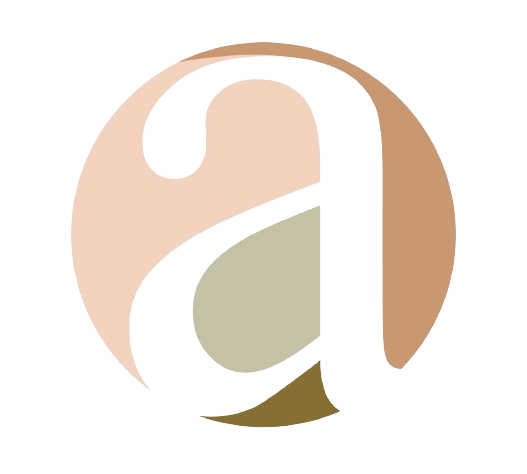How to Improve Your Fulfillment Function With Continuous Development
Fulfillment is an integral part of any retail organization. It drives customer satisfaction, sales growth, and profitability and requires continuous development to meet changing customer needs and market conditions. Companies should improve their fulfillment function by utilizing various strategies, such as incorporating technology, optimizing processes, and embracing agile practices. With the right approach to continuous improvement, businesses can create a robust fulfillment infrastructure that will provide maximum value for customers in the long term.
Technology Solutions:
The first step to improving your fulfillment process is by leveraging technology solutions. Technology can automate many manual tasks associated with order processing, tracking, and delivery while creating timely reports that allow you to monitor progress. Additionally, integrating systems across departments helps improve communication between them. This helps minimize errors, allowing tasks to be completed faster and more accurately. Technology also enables the collection of data from all areas of your fulfillment process, which provides valuable insights that can be used to enhance operations and reduce costs.
Process Optimization:
Another approach for improving your fulfillment function is through process optimization. By breaking down individual tasks into smaller steps, it is easier to identify areas where problems are occurring and address them quickly. Additionally, streamlining processes can help save time by eliminating non-essential activities and creating efficient workflows. Introducing standardization across teams, departments and vendors facilitates consistency in performance while increasing quality control measures. Furthermore, investing in training staff members on best practices helps ensure they understand how processes should be completed, reducing the risk of mistakes.
Fleet Innovations and Solutions:
Fleet innovations and solutions are also important for improving fulfillment. Brumleve tarp systems, for example, provide a secure way to transport materials from one place to another without having to unload them. This is a great solution for companies that need to move large amounts of merchandise quickly and efficiently. Brumleve tarp systems are designed with high-strength components that last longer than traditional tarps and offer superior cost savings and performance value. Additionally, Brumleve tarp systems can be customized according to the specific needs of each company, ensuring maximum efficiency when delivering goods or services.
Agile Practices:
Finally, incorporating agile practices into your fulfillment process helps ensure that you are always adapting to the changing needs of your customers. Agile practices encourage teams to be flexible and focus on continuous improvement, which helps ensure the smooth delivery of products or services. Additionally, these practices foster collaboration between different departments and stakeholders, allowing them to work together with greater efficiency. By embracing agile practices, companies can improve their fulfillment process while remaining responsive to customer demands and market conditions.
Overall, by utilizing technology solutions, optimizing processes, and leveraging fleet innovations and solutions as well as agile practices, businesses can create a robust fulfillment infrastructure that ensures maximum value for customers in the long-term. With the right approach to continuous improvement, businesses can increase customer satisfaction levels while driving sales growth and profitability. Ultimately, this leads to greater success for the company.











